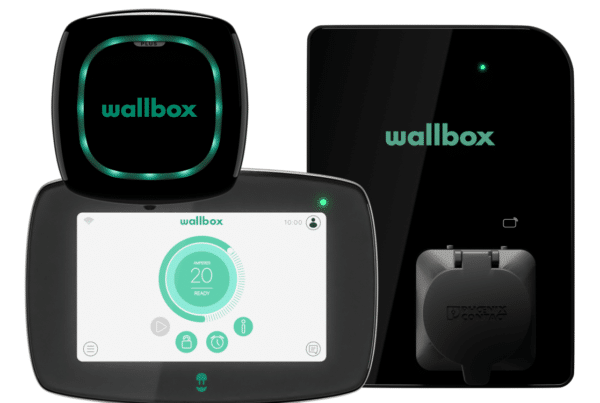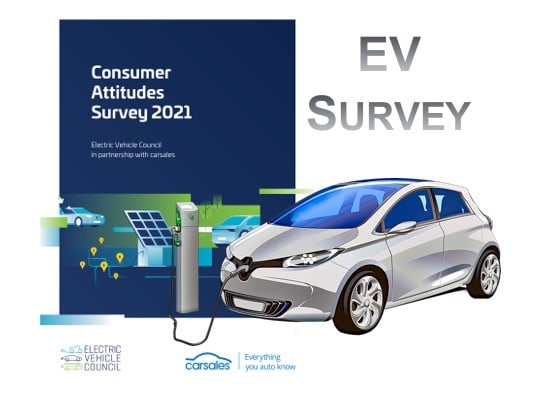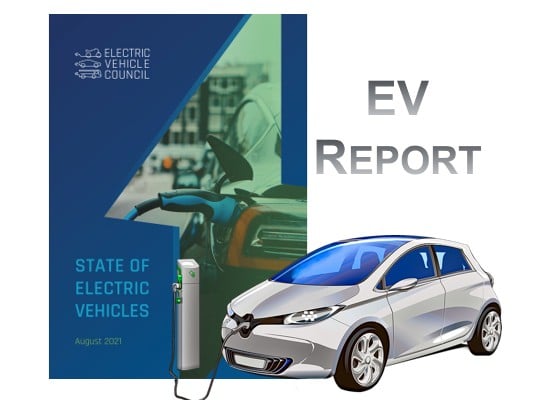Electric vehicles have lower running costs and require less maintenance. This results in a lower total cost of ownership than petrol or diesel cars.
EVs are better for the environment because they produce lower carbon emissions and fewer pollutants. Research has shown that even if charged by electricity from a coal-fired power station, an EV still generates lower net emissions than ICEVs. As grid electricity becomes cleaner, EVs also become cleaner.
Because BEVs & FCEVs do not produce tailpipe emissions containing particle and gaseous air pollutants, the transition to low/zero emissions vehicles will mean cleaner air and health benefits, with a reduction in air pollution related illness.
EVs are fun to drive because they deliver full torque instantly, which means they can accelerate much faster than equivalent fuel engine vehicles. The position of the batteries along the bottom of the vehicle lowers the centre of gravity, which results in better handling and cornering, as well as reduced risk of rollover. They also have the convenience of charging at home, rather than spending time making a trip to a service station.
Other benefits of a transition to EVs include new job opportunities across EV and Energy Industries, and new mining opportunities.
Modernisation of road networks, as well as quieter roads.
Improved fuel security and a balanced energy supply.






















